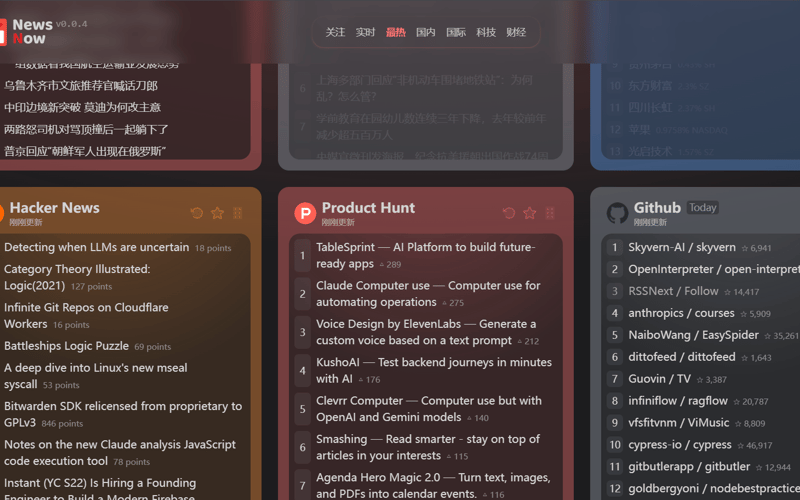29
Oct
In recent years, there's been a noticeable shift in how developers approach UI libraries, moving away from installing entire component libraries via npm packages and toward directly copy-pasting the code into their codebase. This trend has been largely popularized by Shadcn/UI, a library that provides developers with ready-made, customizable components that can be copied directly into a project for maximum flexibility. Why Copying Wins for Complex Components The copy-paste approach shines, particularly for complex UI elements such as authentication pages, detailed dashboards, or intricate data visualizations. These components require fine-tuned customization that’s difficult to achieve through immutable npm packages. Instead…










